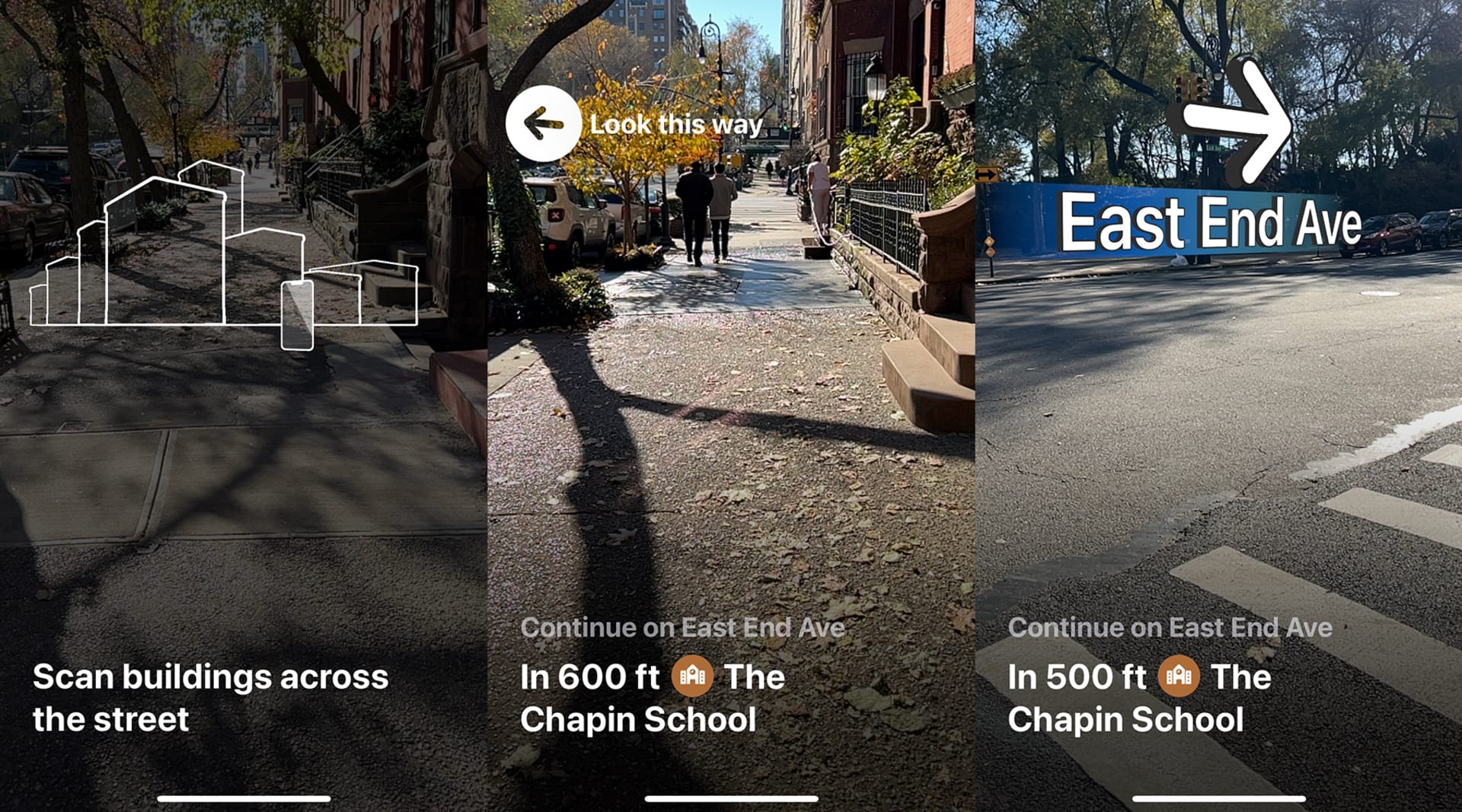Navigation apps are upgrading their offering with AR technology, adding an immersive layer to their services for easier use and better visualization.
Google maps introduced a Live View feature in November that enables travelers to use AR to explore cities on their iOS and Android devices. Visitors in New York City, London, Tokyo, Los Angeles, Paris, and San Francisco can tap a camera icon in the Maps search bar to highlight landmarks, stores, and helpful spots (like ATMs). When a user points their phone’s camera at a dot on the map, the app will reveal the location’s significance. Locations out of viewpoint will be highlighted on the map, according to a released statement by Google. Users can also use the feature for real-time updates on wheelchair-accessibility, EV charging station availability, or a location’s hours and price range. The app update introduces “more intuitive, sustainable and accessible ways to explore and navigate,” according to Google’s press release.
In October, Nextech AR Solutions announced upgrades to the ARway program: “a spatial computing program for the real-world Metaverse.” Users can now scan a QR code from their cell phone or app to launch an AR experience. The update’s image tracking technology provides an elevated AR navigation experience with enhanced visual markers, with enabled indoor navigation and an updated Visual Positioning System (VPS).
Petal Maps revealed an AR walking navigation feature to its app for Android and iOS devices in May. The AR addition to its navigation operation overlays navigation instructions with the real world environment by using the camera as a sensor, better directing the user to their final destination. Throughout a walker’s journey, in-screen directions directly reflect the user’s exact environment through the device’s camera, and can offer real-time directions such as “straight,” “turning,” and “approaching/reaching the destination” overlaid on the real world setting on-screen.
From gaming to exploration, augmented reality capabilities are elevating the level of interaction and visual quality that consumers experience through their apps and devices. This could change the future of travel for consumers.


